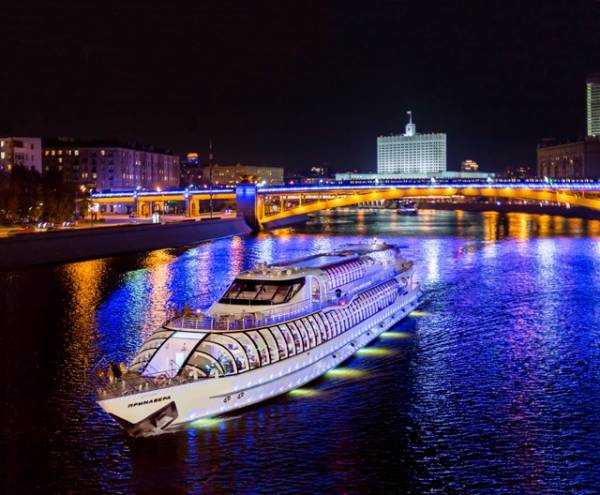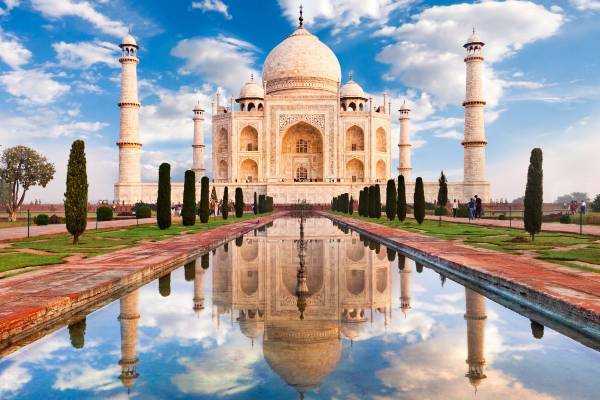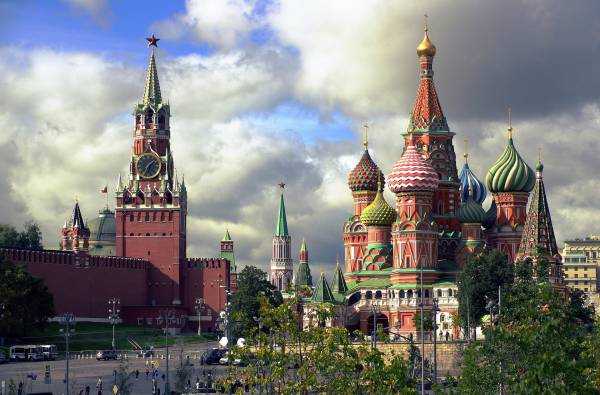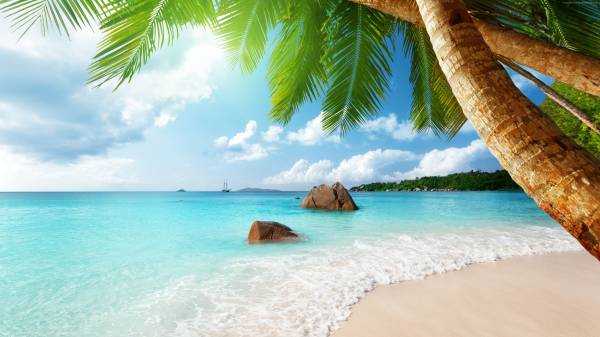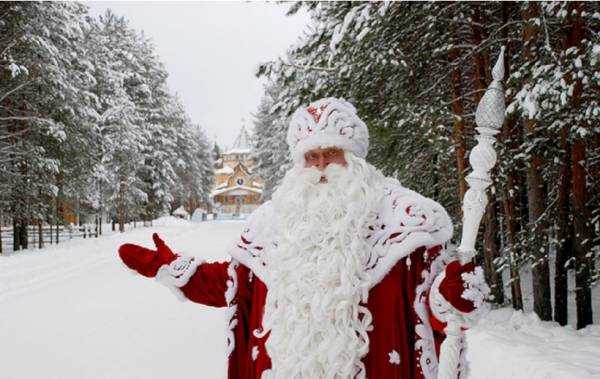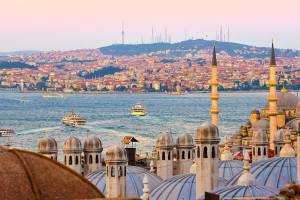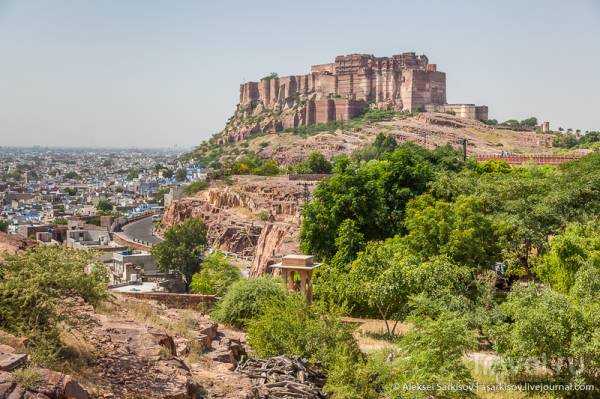
Jodhpur is the second largest city in the state of Rajasthan after Udaipur, located on the very edge of the Thar Desert.
Early morning on the rooftop of Kesar Heritage Guesthouse.

Due to the heat and to save electricity, many people are sleeping on the roofs of their houses.




Well, and such a delicate nuance – ummm, a public toilet… Open toilets for peeing exist in Europe too. In India, there are no problems with this – any wall is already a toilet. But I have never seen an open toilet for (more civilized) peeing in Jodhpur. Moreover, it is located on a narrow street with busy pedestrian and tuk-tuk traffic. What a sight, when three Indians sit, do their business in full view of everyone and chat casually among themselves. I will not post a photo of the scene – only for aesthetes…



Sad milkman.

The city is very beautiful. On one side, right above the city, there is a huge fort, on the other side, blue houses.




Jodhpur consists of the lower town and the huge Mehrangarh Fort, which sits on top of a hill and is surrounded by a 10-kilometer-long wall. Within the walls of the fort are palaces, temples, and service buildings. In my opinion, it is the most impressive fort I have seen in India.


The city got the name of the blue city because a large number of houses, once owned by the high priests, the Brahmins, are painted in this color.


On one of the walls of the fort you can see the imprints of women's palms - these are the palms of the wives and concubines who climbed onto the fire with the maharaja - the sati ritual.
Sati is a Hindu funeral ritual tradition in which a widow is burned along with her deceased husband on a specially constructed funeral pyre. Today, this is a rare and forbidden occurrence.
The name comes from the goddess Sati, who sacrificed herself, unable to bear the humiliation that her father Daksha inflicted on her chosen god Shiva.



Source: travel.ru



